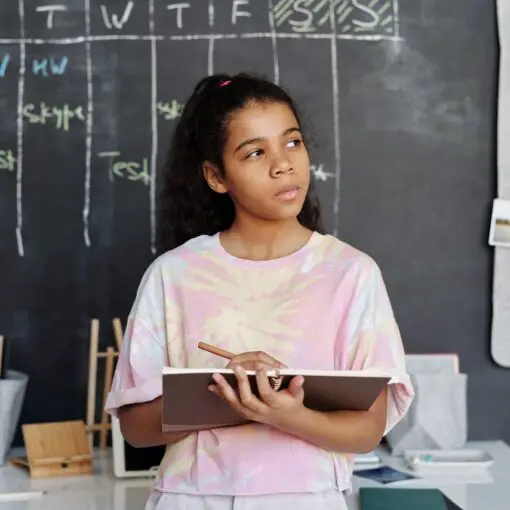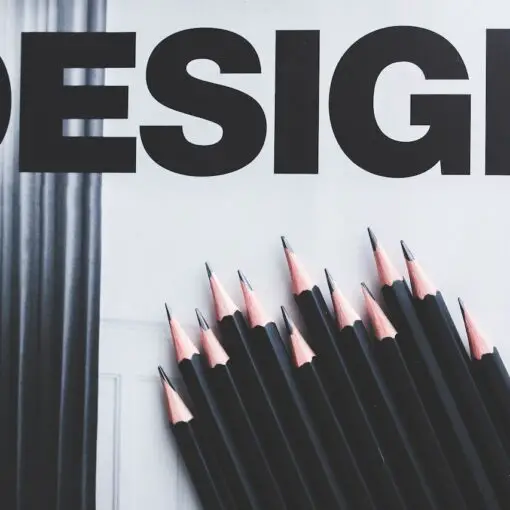We’ve all had debates with friends or on social media, where we get into it over some heated issue. Emotions get out of control or people say, “we’re going to agree to disagree,” with neither side leaving more enlightened.
Improving our skills for debate and critical thinking can go a long way in making such experiences more enriched. To do this, we should understand what’s happening with public discourse, how we contribute to the current climate of communication breakdown, and find ways to improve our proclivities.
Today’s Landscape
Modern politics is one example displaying the horrible basis for debate that spills into the public sphere. Potential candidates get two to five minutes to state their case rather than ample time to explain their position. This truncates public understanding in the most detrimental way.
The media further compounds this. First, they glorify a candidate’s confidence and demeanor, ignoring the facts and issues posed. Then, they show edited clips rather than the whole statement. This becomes the public focus and contributes to dumbing down the average voter.
Debasing Debate
It creates a false equivalency that means debate is about keeping score; a failure to accept that one side of an argument is just as valid as the other. It creates an air of intellectual dishonesty which excuses dismissing certain facts to fit a particular narrative. In other words, many people mistakenly believe that accepting a different opinion equals agreement; agreement with an opponent is the same as failure.
Things like this bolster ignorance, apathy, and cynicism. It puts emotional relativism in the position of morality and breeds rampant, mind-numbing cognitive dissonance.
Debate
Debate is the art of taking a position on an issue and discussing it with someone of an opposing view. This can be beneficial in exposing the public to a range of thoughts and opinions.
The Purpose of Debate
The end result is not to force another into submission or expect change from the opponent. The concern should be for the audience and giving them information. The best you can achieve with an opponent is to bring them a more enlightened understanding of your position.
General Method
There are many ways to debate, so the following isn’t a definitive guide. But, in general, one person presents their side without interruption from the opponent or the audience. Then the other person states their differing views with the same considerations.
The discussion then goes back to the first person, where they rebut the opposing view with facts and other pertinent information. The second speaker then weighs their argument against the initial position with data and relevant points. They go back and forth like this until the argument deadlocks.
Although a debate should reflect respectful attitudes, it doesn’t necessarily have to be friendly. But it should culminate into truth and reason, regardless of agreement.
Critical Thinking
In general, critical thinking is the ability to analyze an issue scientifically by factoring in evidence, statistics, data, and other relevant information. This should be objective and unbiased, without the influence of personal feelings and beliefs.
It allows us to make informed, logical choices to the best of our ability. It’s a personal experience and so there are no real hard rules for conduct. That said, there are a few points to explore.
Identification
You must first identify the problem or issue in clear terms. Consider how much you know about the topic and conduct thorough research.
Research
Look up all available information like studies, statistics, primary accounts, photographs, court records, witness videos, declassified documents, and other primary sources. Take with a grain of salt third-party accounts, news reports, and hearsay statements.
Scrutiny
Scrutinize the information for coercive language along with its voracity and validity. More often than not, many sources have an intentional bias that serves a distinct purpose. Case in point, in October 2019, ABC twice broadcasted footage they claimed to be Turkish forces bombing Syrian Kurds. But, it was actually a gun show in Kentucky.
History overflows with vapid examples. Look at how Roman politicians coerced public opinion with inflammatory language to accept a war against Mark Antony and Cleopatra.
Studies; Statistics
It is of the utmost importance that studies and statistics are peer-reviewed and double-blind to be definitive. It’s also crucial to find out what organizations support the experts releasing the study. Any misstep in these can lead to a bias intended to skew the truth.
For example, glyphosate in Monsanto’s pesticide, Ready Round-Up, causes cancer and severe allergic reactions. But for years Monsanto assured us the product was safe according to independent studies. The real story is that Monsanto paid scientists to produce a study showing favorable results.
Inference
After evaluating the problem combined with your information, ask yourself: What can I infer from this? Which conclusions can I draw? What potential outcomes can I extrapolate?
Test Theories
To ensure your supposition holds true, test it out. This could mean, but not limited to, getting involved in a debate or making several observations to see if the results are the same every time.
Becoming Better
We can improve our debate and critical thinking by understanding the nuances of each concept and then harmonizing them together.
Debate
Watch live debates on public forums like IQ2 or the Munk Debates. There are also online debate platforms like Kialo and Debate Hub. Pay attention to form, conduct and flow.
Critical Thinking
Critical thinking within debate means presenting an unattached view supported by evidence. You must listen to an opponent without bias or dominating the conversation. Take careful notes of their logic and information. Decipher what things are facts and which others are pure biases.
Healing Rifts
This is a simplified overview of the interplay between debate and critical thinking. It is an art form and takes practice, patience, and tenacity. With a little humility combined with an ability to think in unbiased, scientific-style terms will help to heal the rifts we now see in public discourse.
References
http://courses.csail.mit.edu/6.141/spring2013/pub/lectures/Forum-7_Debate101.pdf
http://www.leaderu.org/common/artofdebate.html





